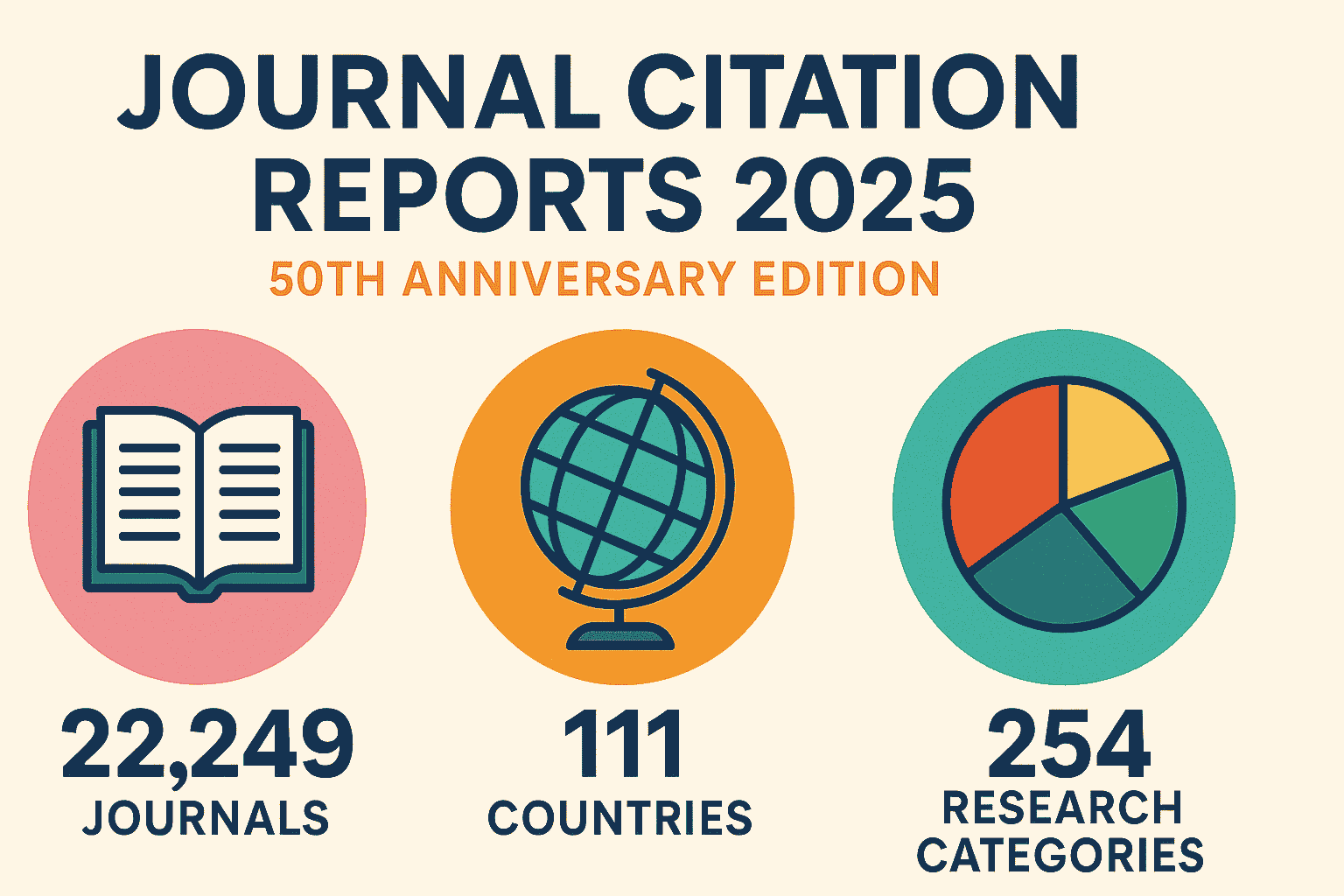Tolerance and Autoimmunity
Tolerance and Autoimmunity
Tolerance and autoimmunity are foundational concepts in immunology that describe how the immune system distinguishes between the body’s own cells and foreign invaders like pathogens. Properly functioning immune tolerance prevents the immune system from attacking the body’s own tissues, while autoimmunity occurs when this tolerance breaks down.
Immune Tolerance
Central Tolerance
Central tolerance is the process by which immature T and B cells are filtered during their development in the thymus and bone marrow, respectively. It ensures that immune cells that could potentially react with the body’s own antigens are eliminated or altered:
- Thymic Selection: During T-cell maturation in the thymus, cells that strongly recognize self-antigens presented by major histocompatibility complex (MHC) molecules undergo apoptosis (negative selection). Meanwhile, T-cells that moderately recognize self-MHC molecules are allowed to mature, a process termed positive selection. This creates a population of T-cells that are tolerant to self-antigens but competent to fight infections.
- Bone Marrow Selection: B-cells that strongly bind to self-antigens in the bone marrow are either induced to undergo receptor editing (altering their antigen specificity) or are eliminated through apoptosis.
Peripheral Tolerance
Peripheral tolerance mechanisms prevent over-reactive immune responses and the activation of any self-reactive lymphocytes that might have escaped central tolerance:
- Anergy: This is a state of functional unresponsiveness in T-cells and B-cells that encounter antigen without the necessary second signals provided by co-stimulatory molecules.
- Regulatory T-cells (Tregs): These cells play a crucial role in maintaining immune tolerance. They suppress potentially autoreactive immune cells, preventing autoimmune responses.
- Clonal Deletion and Ignorance: Self-reactive cells that find their way to the periphery can still be deleted or ignored (remain inactive) depending on the antigen’s availability or form.
- Immune Privilege: Certain body sites, such as the eyes and brain, limit immune activity to protect their critical functions from potentially damaging inflammation.
Autoimmunity
Autoimmunity arises when these tolerance mechanisms fail, leading the immune system to mistakenly attack the body’s own tissues. This can result from genetic, environmental, and hormonal factors:
Genetic Factors
Some individuals are genetically predisposed to autoimmunity. Certain human leukocyte antigen (HLA) types, for example, have been associated with higher risks for specific autoimmune diseases.
Environmental Triggers
Environmental factors, such as infections (e.g., bacteria and viruses), can sometimes trigger autoimmune diseases. The “molecular mimicry” hypothesis suggests that pathogens may possess antigens similar to self-antigens, prompting the immune system to attack both.
Hormonal Influences
Hormones can affect autoimmune disease prevalence, which often shows gender bias. Women are generally more susceptible to autoimmune diseases, thought to be due to hormonal differences, particularly estrogens.
Examples of Autoimmune Diseases
- Type 1 Diabetes: The immune system attacks insulin-producing β-cells in the pancreas.
- Rheumatoid Arthritis: The immune system targets joints, leading to inflammation and tissue damage.
- Multiple Sclerosis: The immune system attacks myelin sheaths in the central nervous system, disrupting nerve communication.
- Systemic Lupus Erythematosus (SLE): A systemic autoimmune disorder where the immune system attacks numerous tissues and organs.
Diagnostic and Therapeutic Approaches
- Diagnostic Tools: Autoimmune diseases can be diagnosed through serological tests that detect autoantibodies (e.g., anti-nuclear antibodies in SLE), imaging studies, and symptom assessment.
- Therapies: Treatments for autoimmune diseases often involve immunosuppressive drugs, like corticosteroids and biologics (e.g., TNF inhibitors), aimed at reducing immune system activity. Novel approaches include antigen-specific immunotherapy and regulatory T-cell enhancement.
Understanding and manipulating tolerance mechanisms remain a significant area of research, with the aim of finding better treatments for autoimmune diseases and approaches to induce tolerance in transplantation and allergies. Advances in genetics, microbiome studies, and immunomodulatory therapies continue to expand our understanding of how tolerance and autoimmunity develop, opening potential avenues for future interventions.








